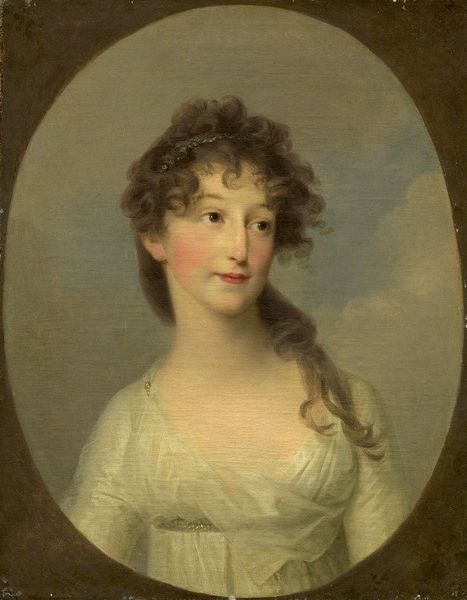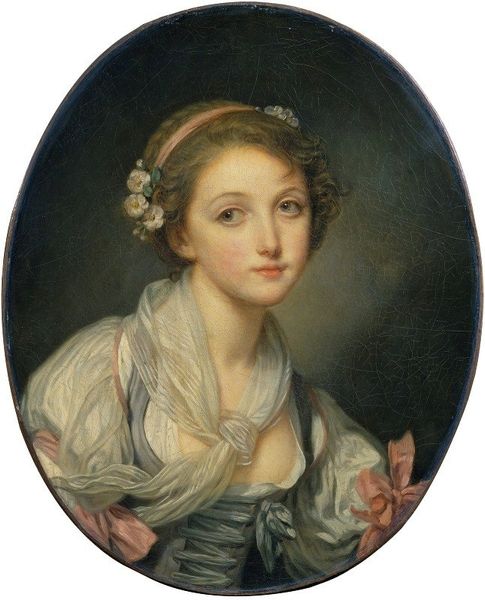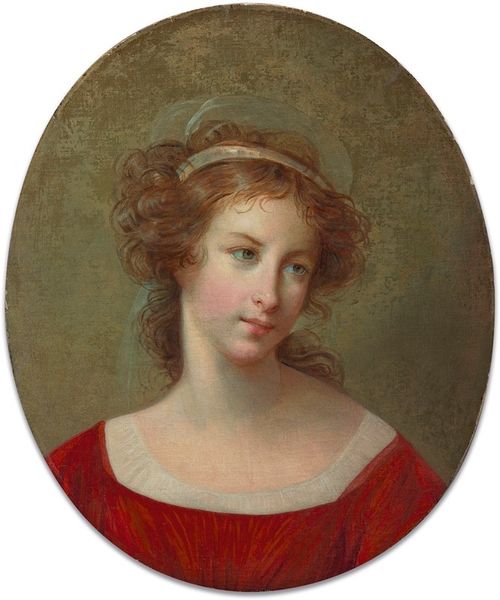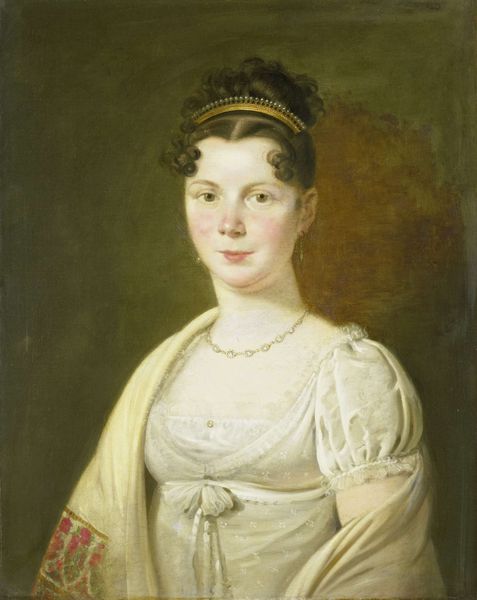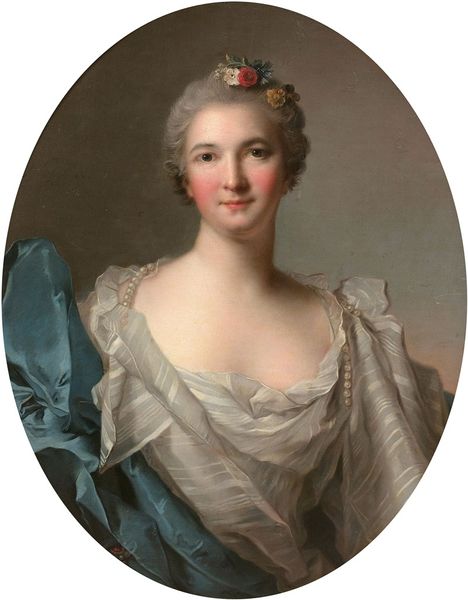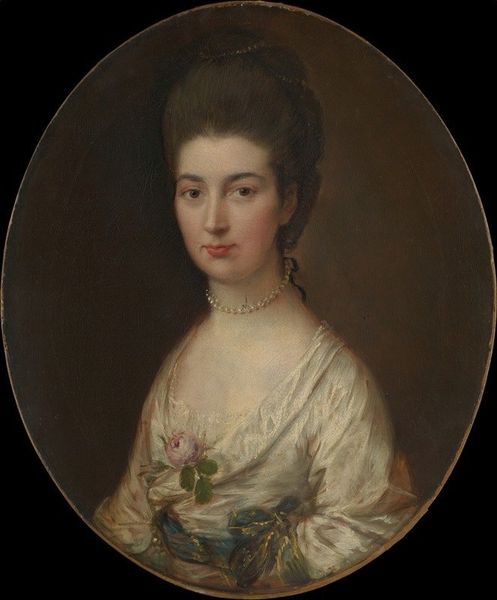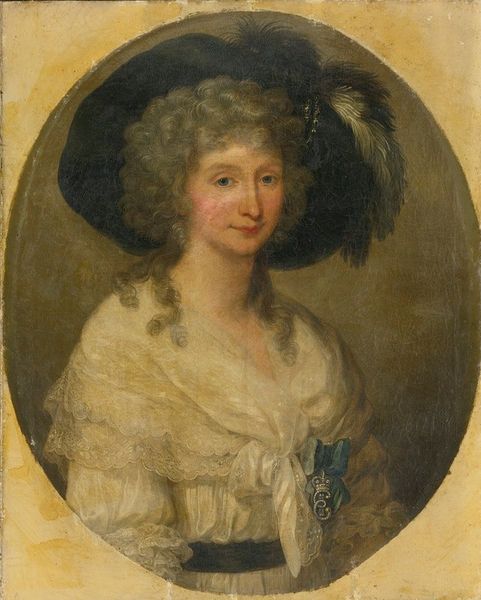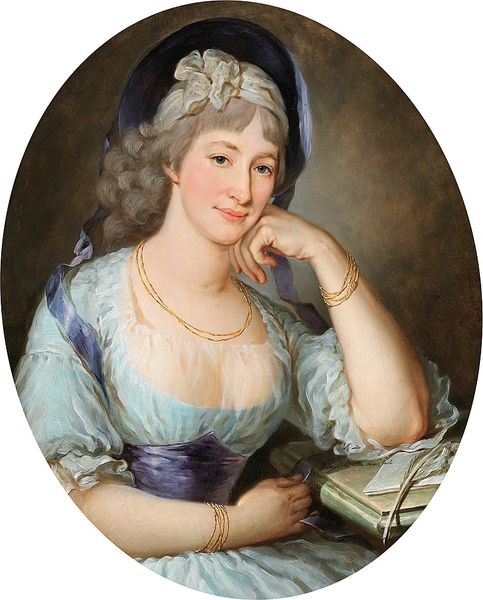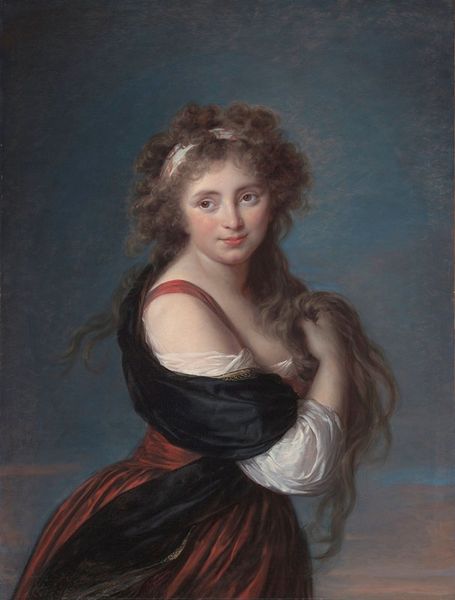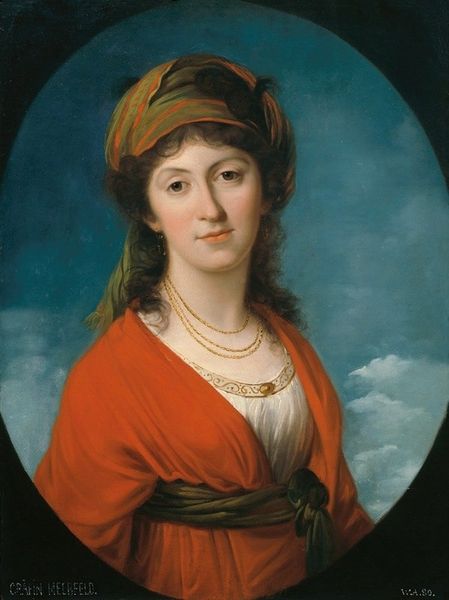
painting, oil-paint
#
portrait
#
figurative
#
painting
#
oil-paint
#
romanticism
#
genre-painting
Copyright: Public Domain: Artvee
Editor: Here we have "Portrait of a Woman," painted in 1801 by Jens Juel, using oil paints. It strikes me as an intimate, almost idealized depiction. What can you tell us about the societal context of such portraits at this time? Curator: Portraits like this weren’t just about capturing likeness. They actively constructed and broadcasted social identities. Consider who could afford to commission these works – typically, the burgeoning middle class and aristocracy. These portraits were statements of status and belonging. The somewhat idealized features, the clothing—it all participates in a language of social aspiration. What do you notice about her dress, and how might that fit into this societal picture? Editor: It looks simple, almost Grecian in its lines, with that pop of colour from the shawl. Was there a symbolic reason for this? Curator: Precisely. The Neoclassical style, popular then, often drew on these supposedly “simple” Grecian lines. But it was rarely simple. Think about the political climate: The French Revolution championed ideals of liberty and equality, influencing fashion and portraiture across Europe. Depicting oneself in seemingly unadorned clothing was a way of signaling association with those revolutionary values, although naturally tempered by the sitter's actual social position. This aesthetic circulated ideals, just like fashion trends do today. Did it really affect any lasting change for equality in this woman's life, do you imagine? Editor: That's fascinating. I hadn't thought about the French Revolution impacting portraiture style so directly. So much for “simple.” Thank you! Curator: Indeed. Looking closer at art always offers a lens for examining wider societal forces at play. My pleasure!
Comments
No comments
Be the first to comment and join the conversation on the ultimate creative platform.
